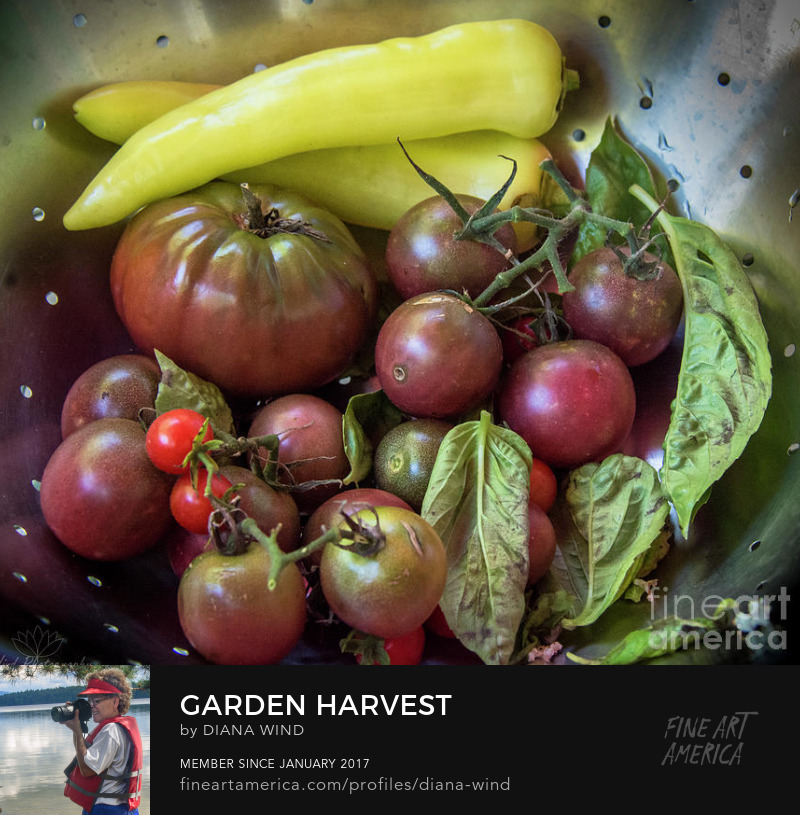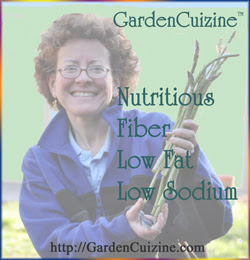Cranberry ~Açai Jelly
--> -->
This year, our fresh whole cranberries were purchased at Wegmans at one of their South Jersey locations. The berries we happened to buy were from Cranberry Connections, a Joesph J. White corporation. White's Cranberry farm is located in South Jersey's Pine Barrens and is on the National Registry of Historic Landmarks.
Cranberry Health BenefitsFruits, especially berries, provide high quality phenol antioxidants.[1] Phenol antioxidants protect low density lipoproteins (LDL-the bad cholesterol) from oxidizing. Why is this good? One reason is that when LDL gets oxidized it can lead to foam cells that build up (along with other cellular matter) in the subendothial space of blood vessels, contributing towards atherosclerosis and heart disease.
Interestingly, cranberries are not ranked among the top in U.S. per capita consumption. According to the USDA, the top three consumed fruits with phenol antioxidants are Bananas, Apples and Grapes; even though the top three fruits highest in phenol antioxidants are: Cranberries (#1), Pears, and Red Grapes.
Cranberries have other health benefits too; they have flavonoids, Vitamin C and naturally occurring proanthocyanidins.
ProanthocyanidinsCranberry juice and products are known to help maintain urinary tract health. The majority (80-90%) of all Urinary Tract Infections (UTI) are caused by E. coli bacteria. Individuals with diabetes are more susceptible to UTI infections. Cranberries help this condition by their proanthocyanidins that contain strong bacterial anti-adhesion properties. Proanthocyanidins keep the bacteria from adhering to cell walls in the bladder.
--> Cooking with whole CranberriesWhole cranberries are tart and are usually prepared with an added sweetener. Cranberries are excellent for juices, as well as in side dishes, sauces, muffins, breads, pies, tarts, fruit crisps, cobblers and the all American favorite -- cranberry jelly. Cranberries are naturally high in pectin, which is why added pectin is not required in homemade cranberry jelly.
For something different and to add even more nutrients to Cranberry jelly, I added freeze-dried Açai berry powder, which you can find in health food stores and gourmet markets.
Presentation
For the best table presentation, pour the cooked liquid mixture directly into your chosen serving dish. The cranberry jelly gels directly in the serving dish. We have a favorite glass dish that I use, that I would not want to see crack from heat stress, which is why it is important to let the hot jelly cool a few minutes before transferring.
 Putting it all together
Putting it all togetherYields: 735g, (approximately 2 1/4 cups) serves 12
Ingredients:
12 oz (1pkg, 336g) whole berry Cranberries
3/4 cup (150g) Sugar
1/2 cup (118ml) Mango nectar or Orange juice
1/2 cup (118ml) Water
Orange zest from 1/2 orange, or 2T minced candied orange peel
6 grams organic
--> Açai powder
This recipe is fast and easy and is best made a day in advance for optimum gelation.
- Wash and strain the berries
- In a small stock pot add all the ingredients except the Açai powder. Over high heat, stir to incorporate. When the mixture begins to boil, reduce heat to medium.
- Cook on medium heat for 15 minutes, stirring occasionally. The berries will burst open as they cook. Sometimes, I squish some of the berries on the sides of the pot with a wooden stirring spoon. When the mixture appears to be a desirable texture, turn off the heat.
- Stir in the
Good Source: Vitamin C
1/12 of recipe, serving size: 61g, Calories 69, Calories from fat:2.9, total fat: 0.3g (0%DV), Saturated fat: (0%DV), Omega-3 FA:10mg, Omega-6 FA:64mg, Vitamin C ~7mg (~12%DV), Sugars: ~14.g, Dietary fiber: ~1.3g (~5%DV)
Percent Daily Values (%DV) are reference values for adults and children age 4 or older, and are based on a 2,000 calorie diet. Your personal daily values may be higher or lower based on your individual needs.
Copyright © 2009 Wind. All rights reserved.
Related Links:
-->Superfruit ~ Acai Berry, Euterpe oleraceaAbout Joseph J. White Cranberry Farm
Classic Cranberry Orange Relish
-->Ocean Spray® Cranberry Recipes
-->
-->
[1] Vinson J.A., Su X., Zubik L., Bose P; Phenol Antioxidant Quantity and Quality in Foods: Fruits, J. Agric. Food Chem. 2001, 49, p 5315-532
-->
































